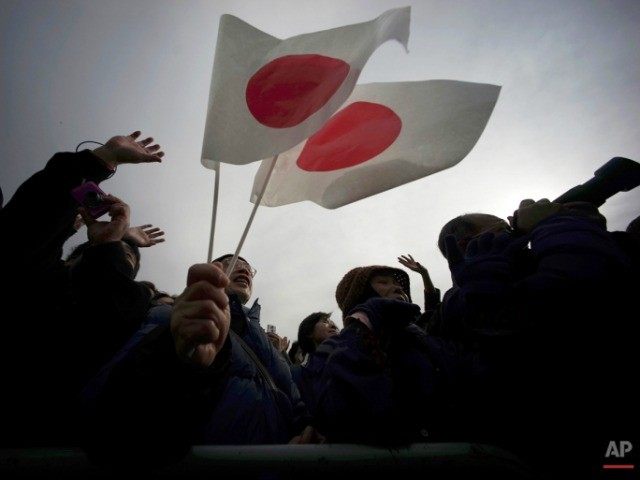This story originally appeared at the Washington Post:
AONE, Japan — In the historic wooden schoolhouse here, decked out in the kind of bright artwork done by kids the world over, there are two classrooms, each containing three desks that sit marooned in the middle of a space made for many more. At break time, a boy kicks a soccer ball around the yard by himself.
“It’s a little bit lonely,” said Taiki Kato, 11, who said he was looking forward to going to middle school next year. “It’s a bit bigger, and there might be kids from other elementary schools.”
The middle school has eight students. The elementary school, where Kato started sixth grade this month, has six. And two of them, the only girls, are from the same family.
That meant Yukari Sudo could easily master everyone’s names in her first week as principal of the elementary school in this small village, nestled in mountains 50 miles but a world away from the tightly packed metropolis of Tokyo.
“When I was greeting 900 kids in the morning, I could recognize them, but I might not be able to remember their name,” said Sudo, who recently moved to Aone after being vice principal at a much bigger school.
Learning the staff members’ names would take longer — after all, there were twice as many of them.
Aone, population 638, has two small general stores and a grimy restaurant that could make a claim for serving the worst food in Japan. The average age here is 62. One of the most common modes of transport is a walker with wheels that doubles as a shopping cart and mobile seat.
This scene is played out across Japan, from the sparsely populated island of Hokkaido in the north to the alps along the west coast to here, commuting distance from the capital.
For decades, Japanese people have been deserting these regions in droves, heading to the bright lights and job opportunities of Tokyo. Now, almost a third of Japan’s 127 million people live in the greater Tokyo area.
With a rapidly aging society and miserable birth rate, Japan hasn’t been able to replace the people leaving outlying towns and cities as quickly as they’ve departed. And the situation is only going to get worse. The number of children younger than 14 is expected to almost halve by 2050, according to government projections, as fewer people bear fewer children and the proportion of the population at childbearing age shrinks. (There are expected to be 5 million Japanese in their 90s by the middle of the century).

COMMENTS
Please let us know if you're having issues with commenting.